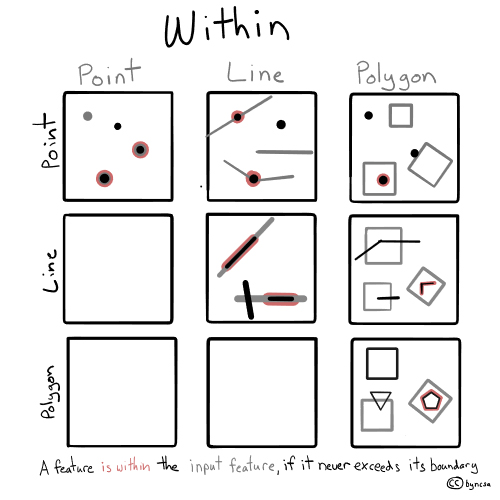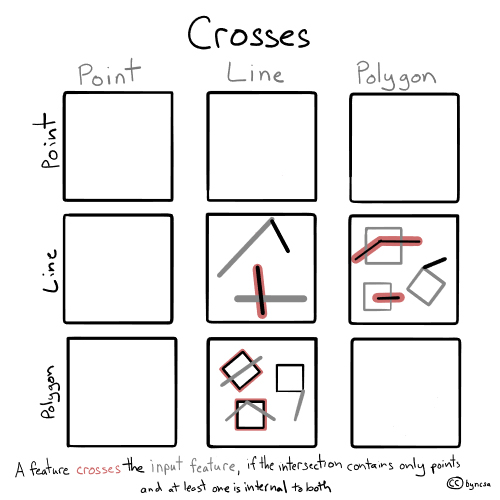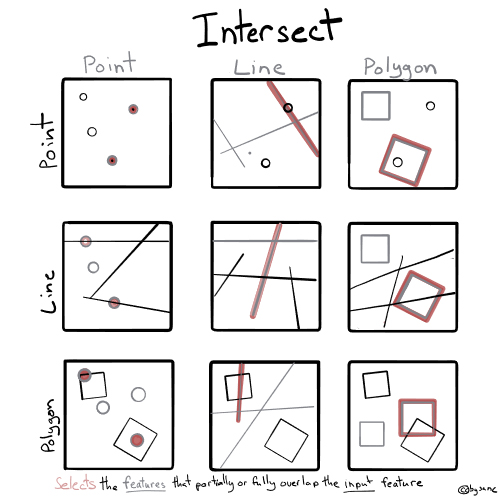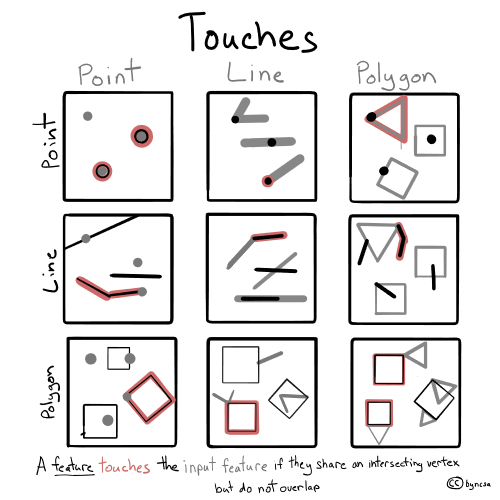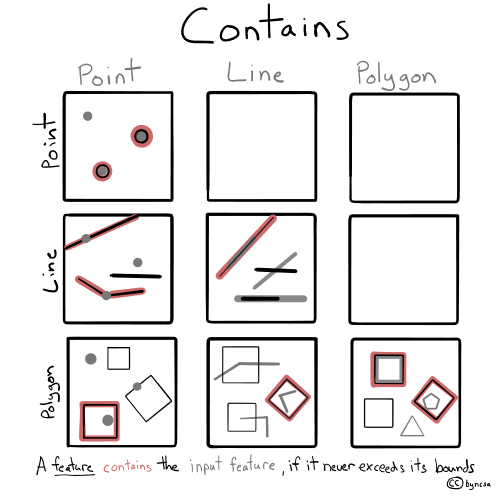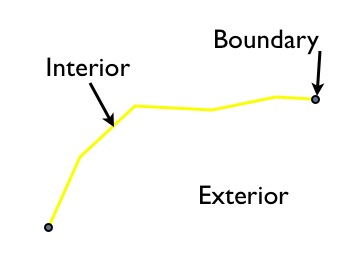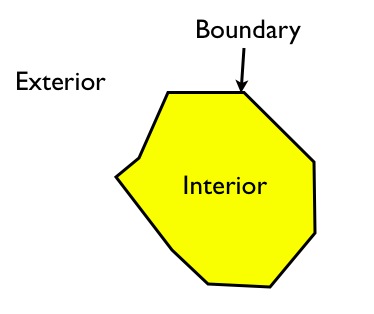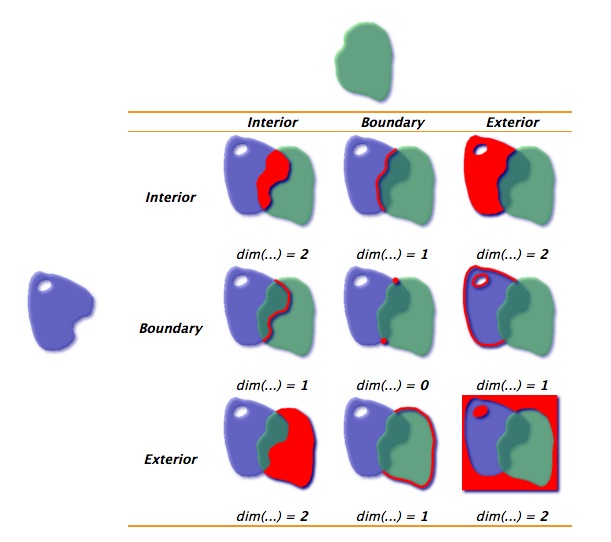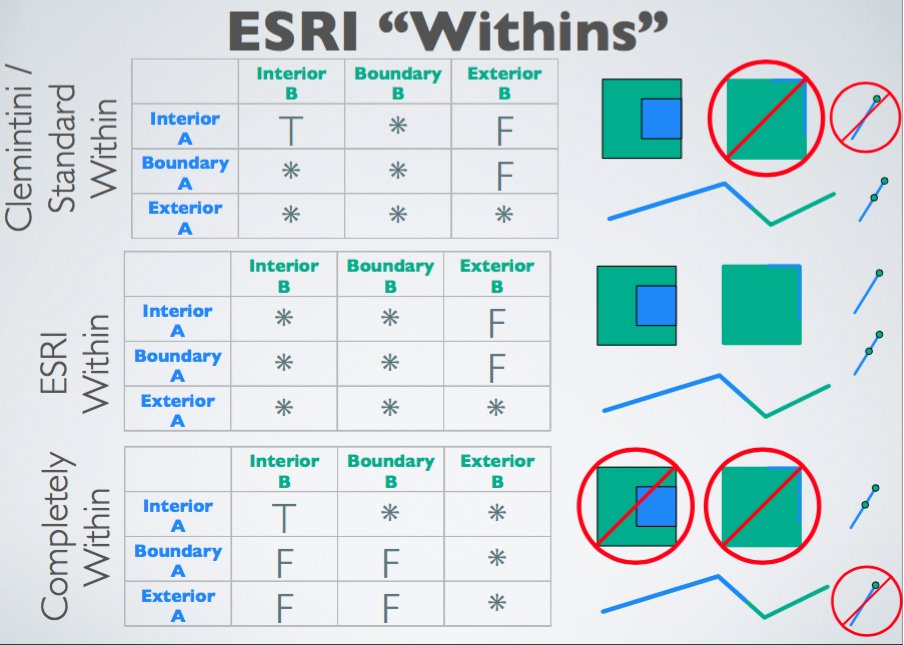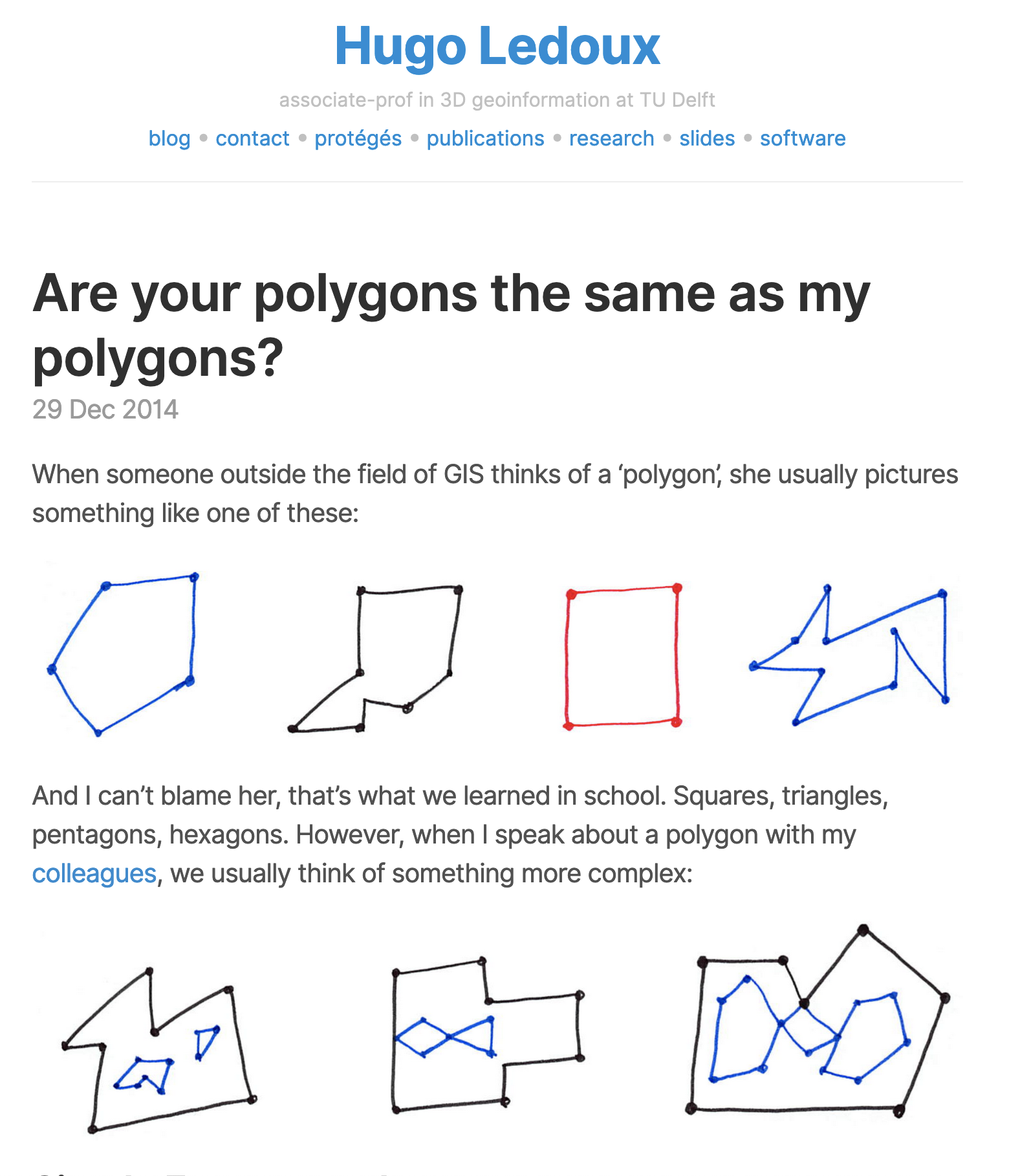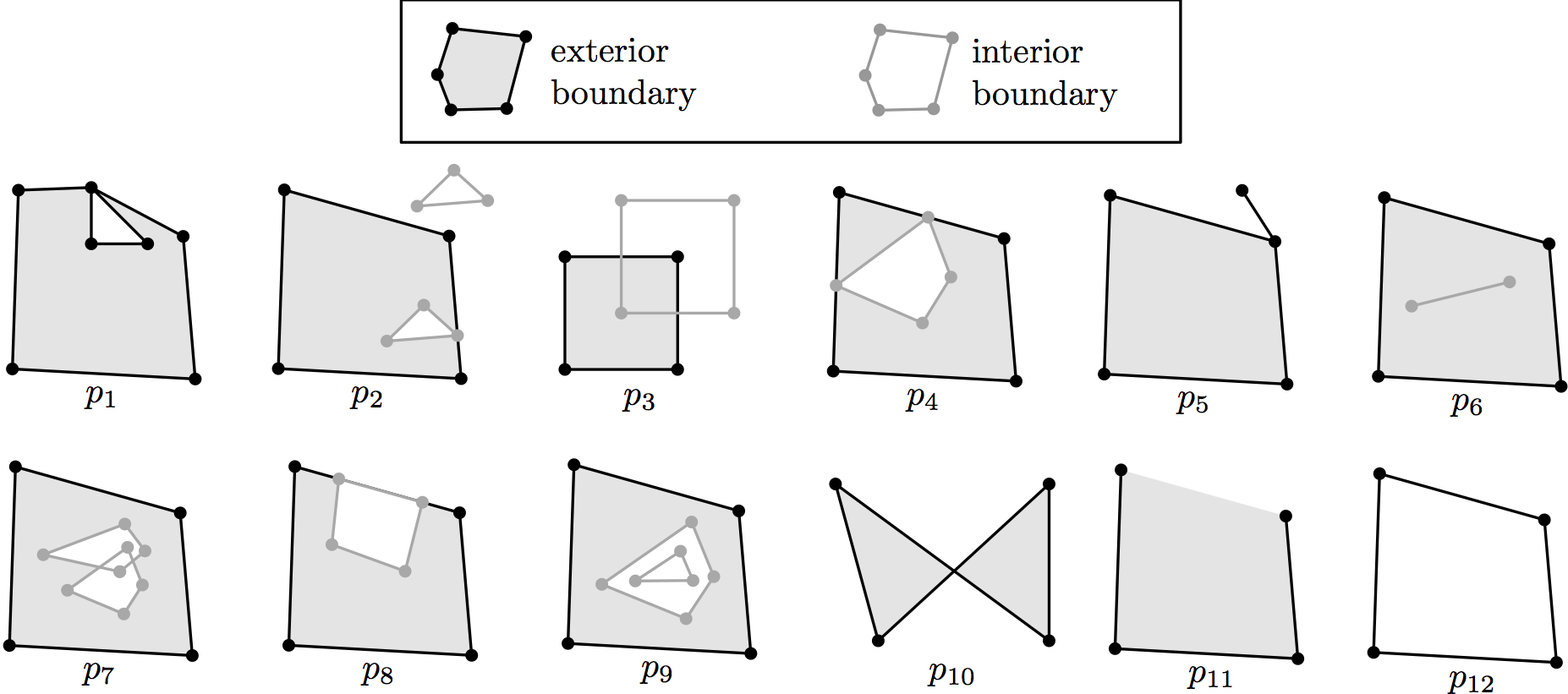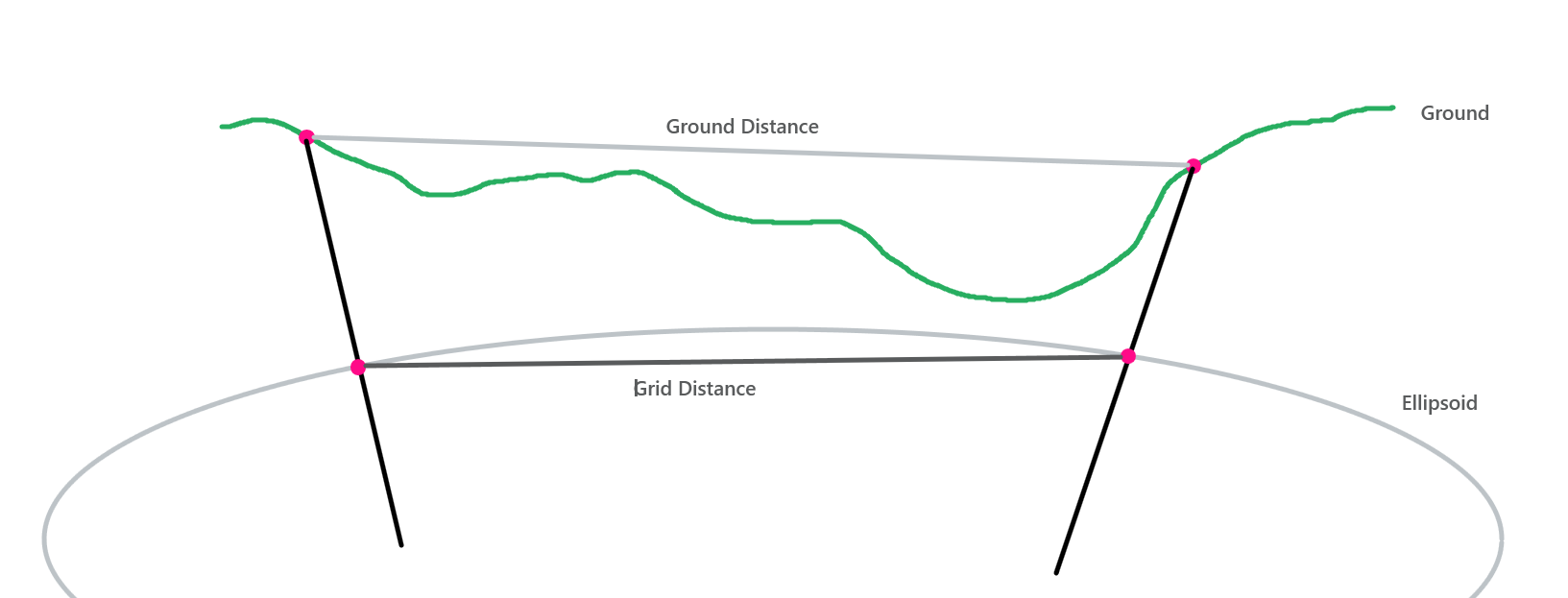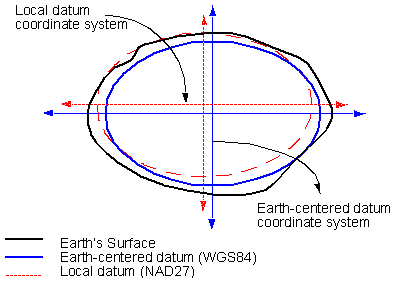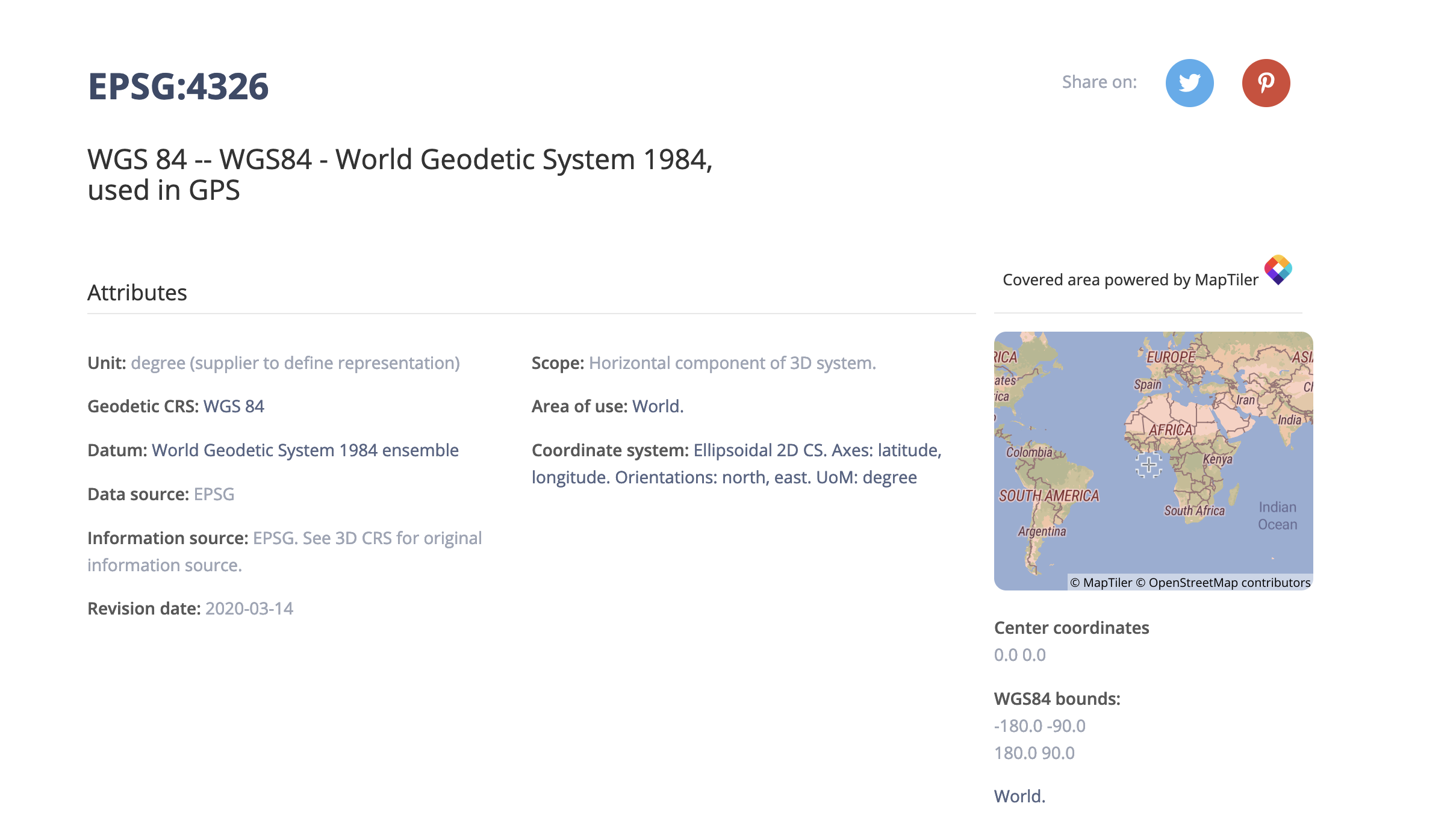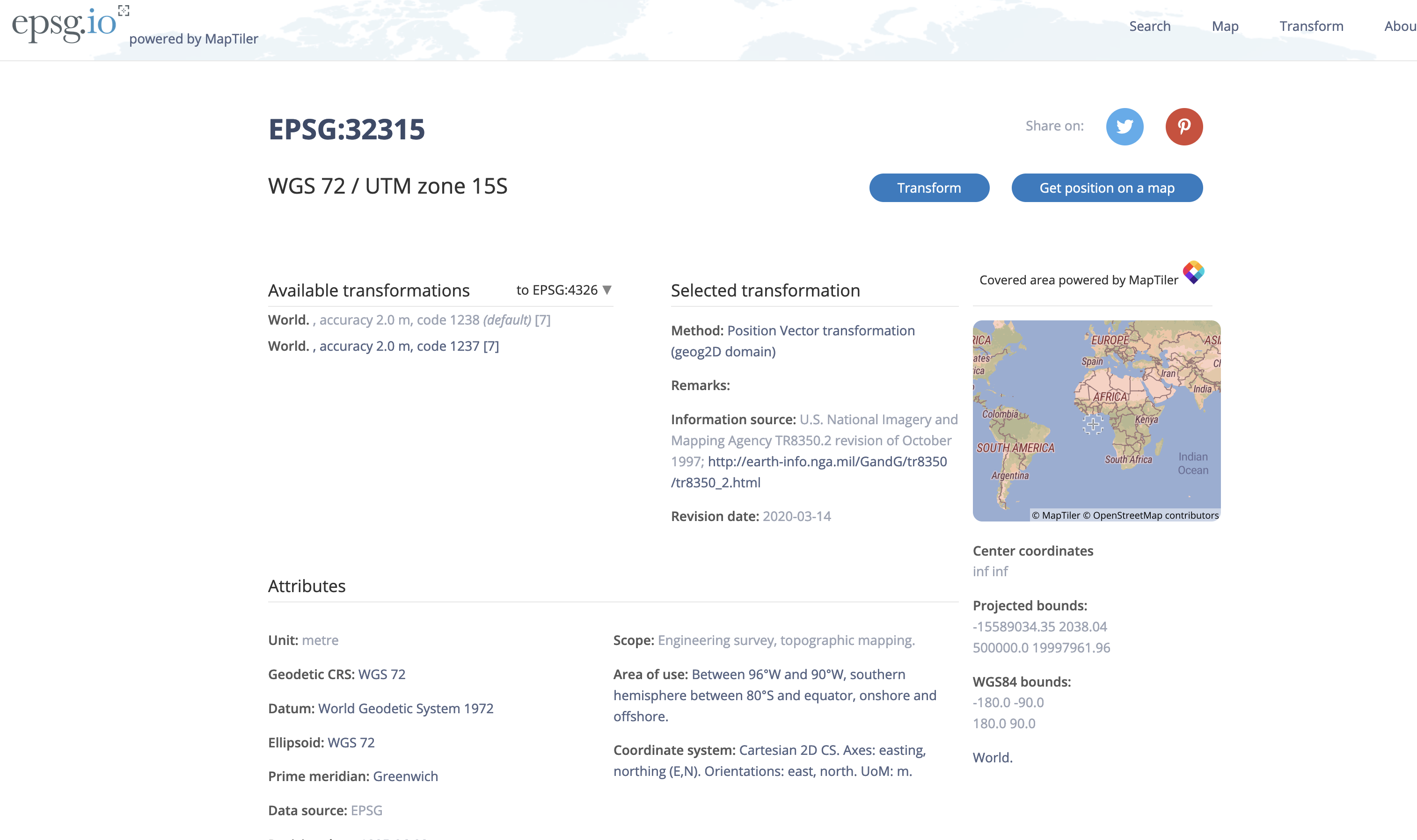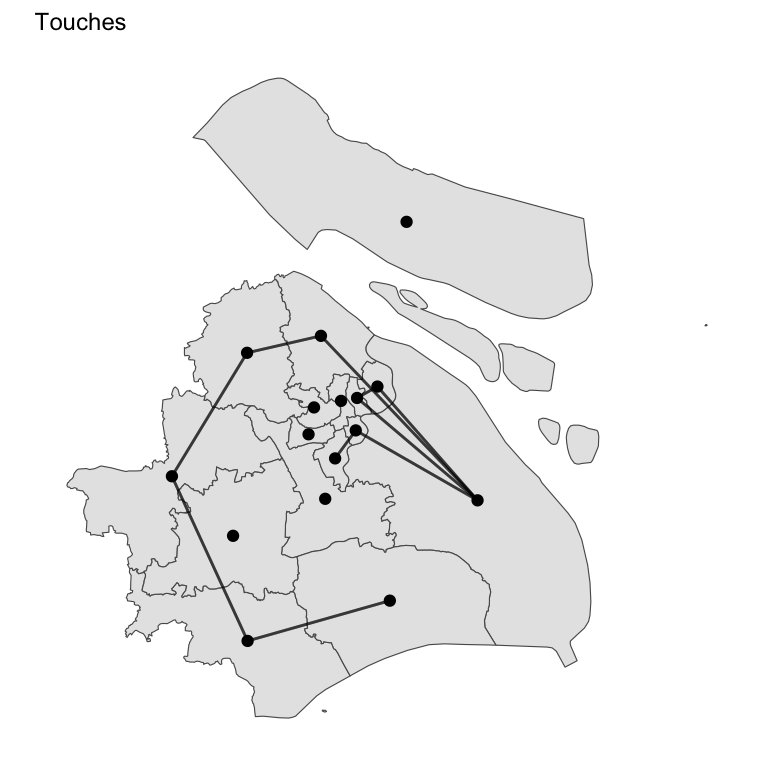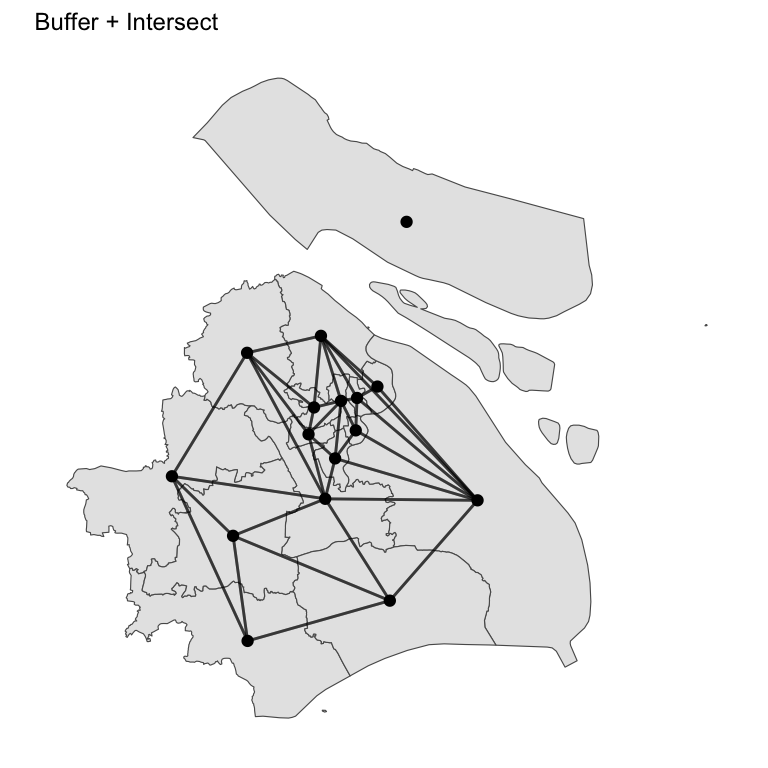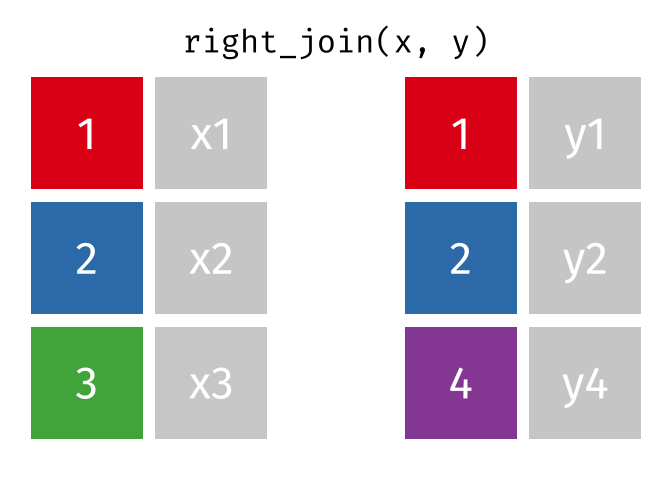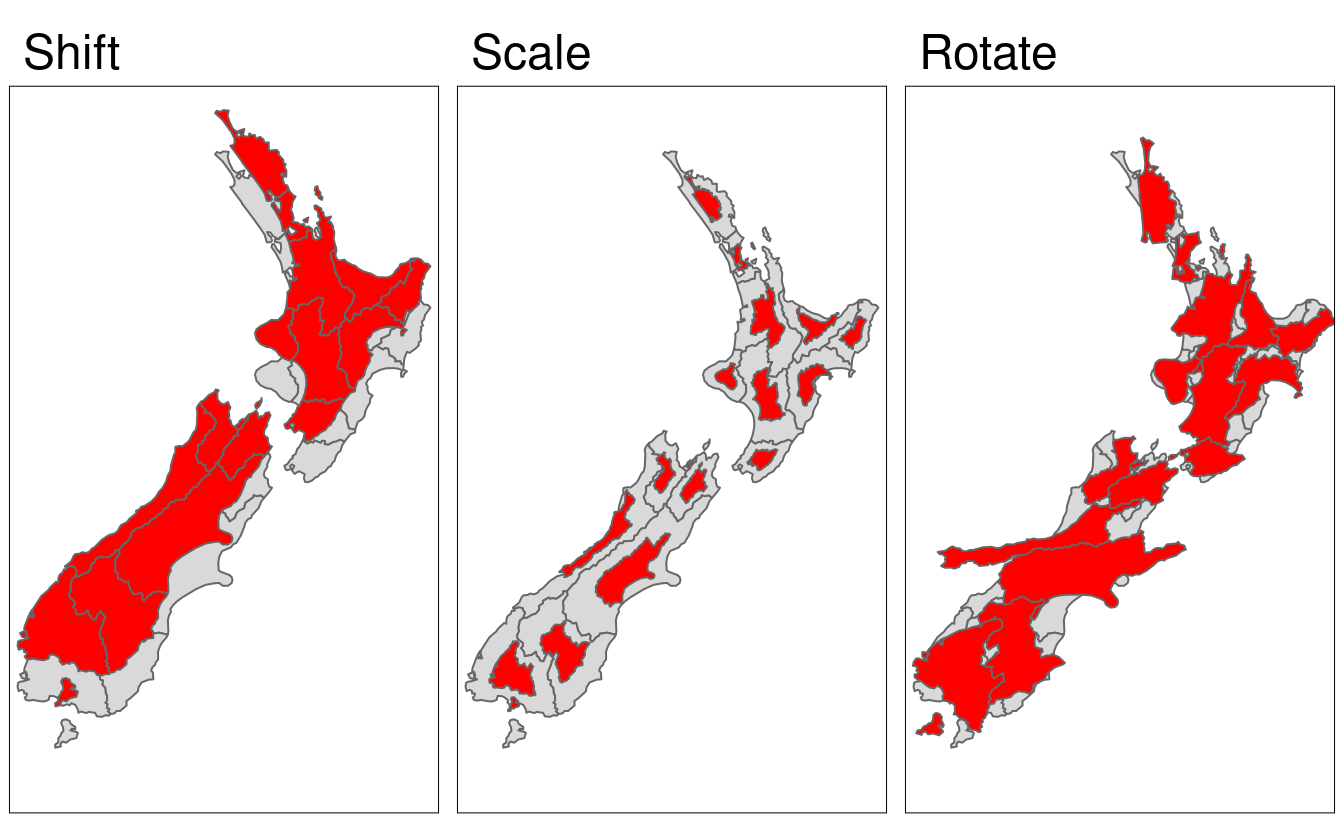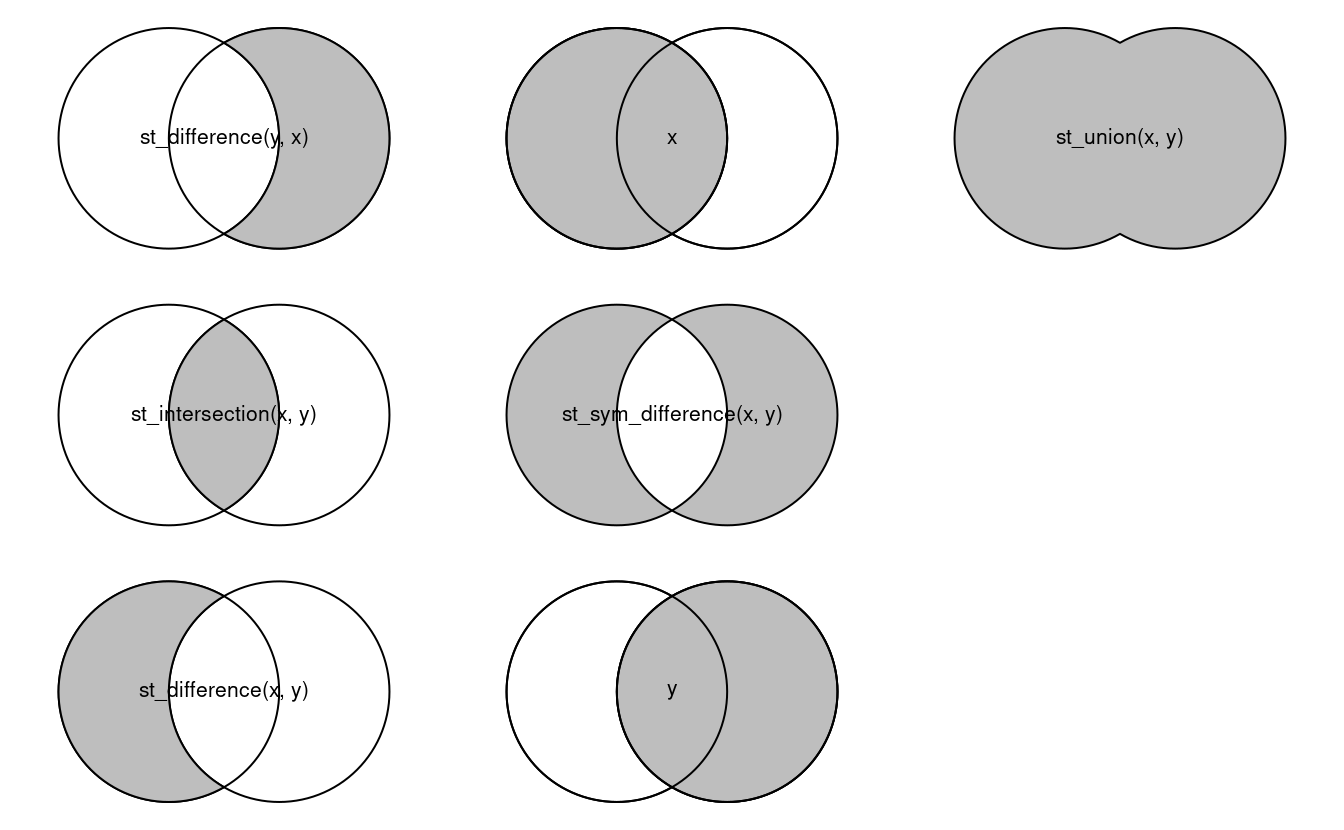# A tibble: 5 × 10
CardID tripid station_name_D station_name_O lon_D lon_O lat_D lat_O
<dbl> <dbl> <chr> <chr> <dbl> <dbl> <dbl> <dbl>
1 5690 1 宜山路 星中路 121. 121. 31.2 31.2
2 5690 2 星中路 宜山路 121. 121. 31.2 31.2
3 5951 1 南京东路 新村路 121. 121. 31.2 31.3
4 5951 2 新村路 南京东路 121. 121. 31.3 31.2
5 6032 1 锦绣路 广兰路 122. 122. 31.2 31.2
# ℹ 2 more variables: dat_time_D <dttm>, dat_time_O <dttm>Simple feature collection with 5 features and 7 fields
Geometry type: MULTIPOLYGON
Dimension: XY
Bounding box: xmin: 120.8527 ymin: 30.94312 xmax: 121.5703 ymax: 31.51392
Geodetic CRS: WGS 84
Id city district citycode adcode Shape_Leng Shape_Area
1 0 上海城区 青浦区 021 310118 1.9667873 0.063065413
2 0 上海城区 杨浦区 021 310110 0.3234397 0.005743019
3 0 上海城区 闵行区 021 310112 1.5004972 0.035197893
4 0 上海城区 宝山区 021 310113 0.9750052 0.029909024
5 0 上海城区 嘉定区 021 310114 1.2052217 0.043836862
geometry
1 MULTIPOLYGON (((121.0643 31...
2 MULTIPOLYGON (((121.5121 31...
3 MULTIPOLYGON (((121.2635 31...
4 MULTIPOLYGON (((121.5023 31...
5 MULTIPOLYGON (((121.3549 31...
